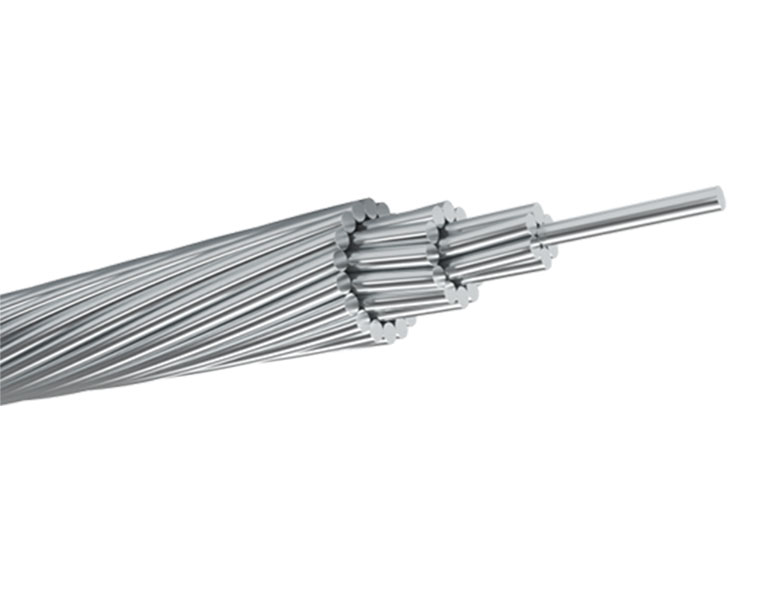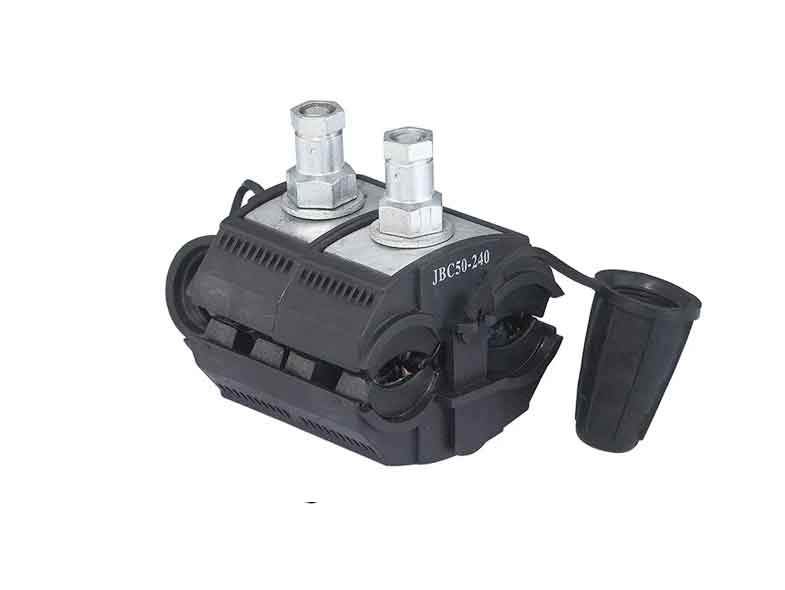Application
AAAC- The full name: All aluminium alloy conductor. AAAC contains a small percentage (about 0.6%) of silicon and magnesium elements. It provides several benefits for overhead lines.
7 and 19 strand construction is suitable for bare overhead reticulation of medium spans, normally at low and medium voltages. 37 and 61 strand construction is suitable for transmission and subtransmission lines where homogeneous construction can reduce line losses and improve corrosion resistance in conductors with similar strength to ACSR types.
Standard
Australian/New Zealand Standards-AS/NZS 1531
Construction
AAAC cable bvconsists of aluminum alloy wires. The aluminum alloy wires are concentrically stranded.
This section deals with heat-treatable magnesium silicon type aluminium alloys to the applicable International Standard, the electrical and mechanical properties of which all fall within the values suggested by relevant standard.
Conductors to all other recognized specifications can also be supplied. The alloys referred to have higher strength but lower conductivity than pure aluminium.
Being lighter, alloy conductors can sometimes be used to advantage in place of the more conventional ACSR; Having lower breaking loads than the later, their use becomes particularly favourable when ice and wind loadings are low.
(*) Note: The values of current rating mentioned in above Table are based on wind velocity of 0.6 metre/second, solar heat radiation of 1200 watt/metre2, ambient temperature of 50° C & conductor temperature of 80°C.
AAAC- The full name: All aluminium alloy conductor. AAAC contains a small percentage (about 0.6%) of silicon and magnesium elements. It provides several benefits for overhead lines.
7 and 19 strand construction is suitable for bare overhead reticulation of medium spans, normally at low and medium voltages. 37 and 61 strand construction is suitable for transmission and subtransmission lines where homogeneous construction can reduce line losses and improve corrosion resistance in conductors with similar strength to ACSR types.
Standard
Australian/New Zealand Standards-AS/NZS 1531
Construction
AAAC cable bvconsists of aluminum alloy wires. The aluminum alloy wires are concentrically stranded.
This section deals with heat-treatable magnesium silicon type aluminium alloys to the applicable International Standard, the electrical and mechanical properties of which all fall within the values suggested by relevant standard.
Conductors to all other recognized specifications can also be supplied. The alloys referred to have higher strength but lower conductivity than pure aluminium.
Being lighter, alloy conductors can sometimes be used to advantage in place of the more conventional ACSR; Having lower breaking loads than the later, their use becomes particularly favourable when ice and wind loadings are low.
Construction Parameters
AAAC 1120 AS 1531,AAAC 6201 AS 1531
* The items marked with “*” are not in our current product range and the details are for information only.AAAC 1120 AS 1531,AAAC 6201 AS 1531
| Code Name | Area Actual | Equivalent Copper Area | Stranding | Overall Diameter | Weight | Rated Strength | Maximum DC Resistance at 20oC |
| mm2 | mm2 | No / mm | mm | kg/km | kN | Ω /km | |
| Chlorine | 34.36 | 20.3 | 7/2.50 | 7.5 | 94.3 | 8.18 | 0.864 |
| Chromium | 41.58 | 24.5 | 7/2.75 | 8.25 | 113 | 9.91 | 0.713 |
| Fluorine | 49.48 | 29.2 | 7/3.00 | 9 | 135 | 11.8 | 0.599 |
| Helium | 77.28 | 45.6 | 7/3.75 | 11.3 | 211 | 17.6 | 0.383 |
| Hydrogen | 111.3 | 65.7 | 7/4.50 | 13.5 | 304 | 24.3 | 0.266 |
| Iodine | 124 | 73.2 | 7/4.75 | 14.3 | 339 | 27.1 | 0.239 |
| Krypton | 157.6 | 93 | 19/3.25 | 16.3 | 433 | 37.4 | 0.189 |
| Lutetium | 182.8 | 107.9 | 19/3.50 | 17.5 | 503 | 41.7 | 0.163 |
| Neon | 209.8 | 123.8 | 19/3.75 | 18.8 | 576 | 47.8 | 0.142 |
| Oxygen | 336.7 | 198.7 | 19/4.75 | 23.8 | 924 | 73.6 | 0.0884 |
| Nitrogen | 261.6 | 154.3 | 37/3.00 | 21 | 721 | 62.2 | 0.114 |
| Nobelium | 307 | 181.1 | 37/3.25 | 22.8 | 845 | 72.8 | 0.0973 |
| Phosphorous | 408.5 | 241 | 37/3.75 | 26.3 | 1120 | 93.1 | 0.0731 |
| Selenium | 506.1 | 298.6 | 61/3.25 | 29.3 | 1400 | 114 | 0.0592 |
| Silicon | 586.9 | 346.3 | 61/3.50 | 31.5 | 1620 | 127 | 0.0511 |
| Sulfur | 673.4 | 397.3 | 61/3.75 | 33.8 | 1860 | 145 | 0.0444 |
(*) Note: The values of current rating mentioned in above Table are based on wind velocity of 0.6 metre/second, solar heat radiation of 1200 watt/metre2, ambient temperature of 50° C & conductor temperature of 80°C.













